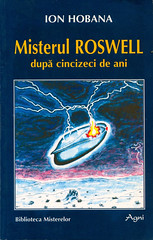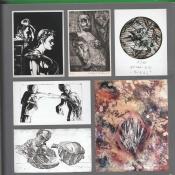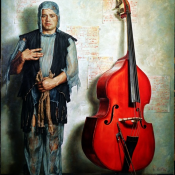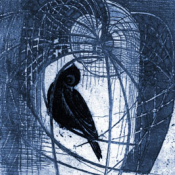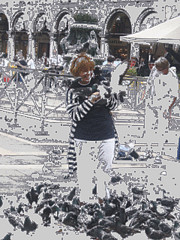Random Premium
Recent Premium
-
Richard Taillefer - "PoéVie Blues" - Préface par...
Sun, 06/21/2015 - 20:52
-
«Romania, Israel, France: Jewish Trails. Volume in Honor of...
Wed, 04/22/2015 - 08:46
-
"Exilium" d' Angela Nache Mamier
Tue, 08/12/2014 - 16:55
-
Profunzimea inocenţei, lectură critică de Liana Vrăjitoru-...
Mon, 02/17/2014 - 18:24
-
Stadii ale autodevorării. Şi dacă Urmuz ar fi scris SF?...
Mon, 02/17/2014 - 18:19
-
Copiii care ne învaţă, de Ana Rusu
Mon, 02/17/2014 - 17:58
-
Sarimanok: aventura şi lectura
Thu, 02/13/2014 - 07:46
-
"Paradox" – revista revistelor anticipației...
Tue, 05/07/2013 - 23:14
-
Galia Maria Gruder – ˮÎn legitimă apărareˮ - prezentare...
Sun, 04/21/2013 - 15:37
-
Anthologie de la Poésie Francophone Jacques BASSE – «...
Wed, 12/05/2012 - 13:50
Most Read Premium Articles
-
Casa Callimachi. Semnal privind starea imobilelor din Str. Batistei nr. 31 si 33, un articol de Romulus Cristea
Wed, 07/29/2009 - 15:10
-
« Sables », la poésie transcende les clivages culturels. Salah Al Hamdani, Marlena Braester (Notes de lecture, Bernard Mazo,
Thu, 02/04/2010 - 07:20
-
CAROL IANCU
Sat, 07/19/2008 - 10:30
-
Monumente istorice luate in lama buldozerelor: Moara lui Assan, demolata ilegal, de Romulus Cristea
Mon, 09/08/2008 - 08:20
-
Sandu Darie
Mon, 06/16/2008 - 22:40
-
Alex HOREAUX, echilibrul aventurii
Mon, 05/12/2008 - 15:30
-
Non idem est si duo dicunt idem, un articol de Dan Culcer
Sat, 09/06/2008 - 22:40
-
Patrimoniul arhitectonic, în pericol. Ilegalități comise prin ordine emise de ministrul Culturii
Sat, 10/18/2008 - 18:50
-
LIMBA MATERNĂ ȘI MOARTEA MATERNĂ, de Christian CRACIUN
Thu, 08/21/2008 - 23:50
-
ORBITOR entre l'absurde et l'absolu, un articol de Ghilimescu
Sat, 12/13/2008 - 08:50

